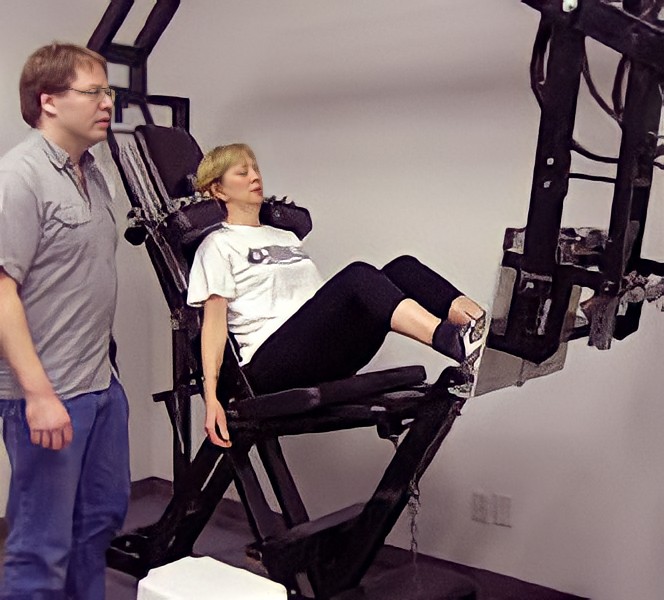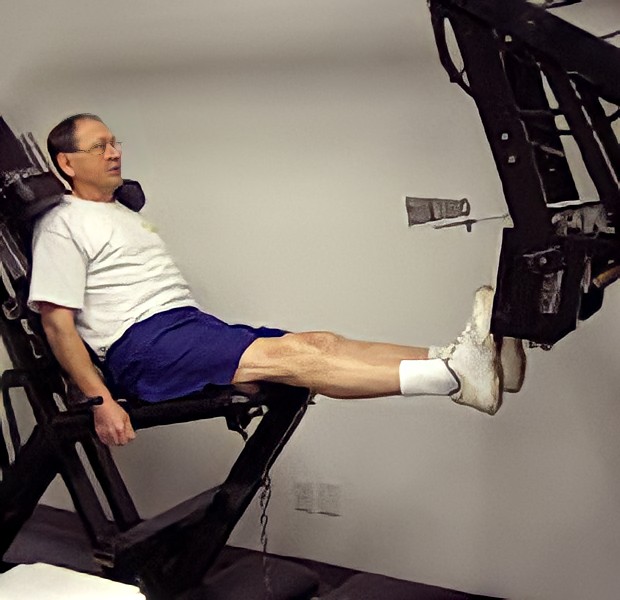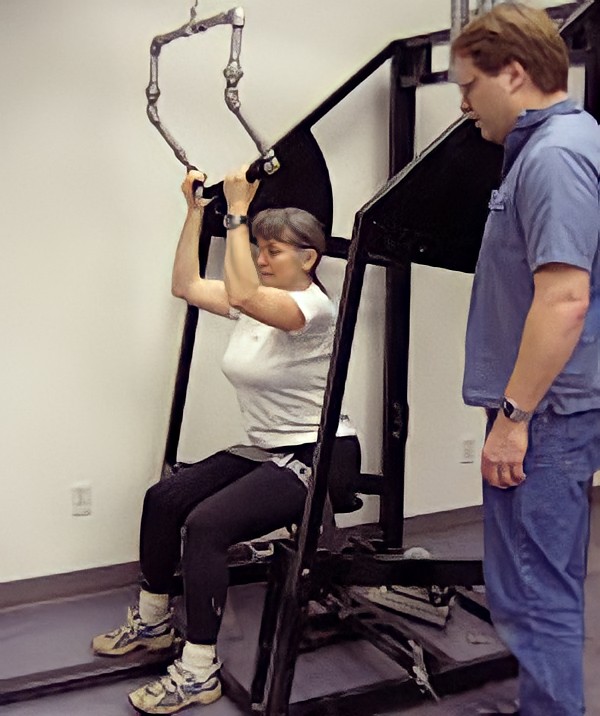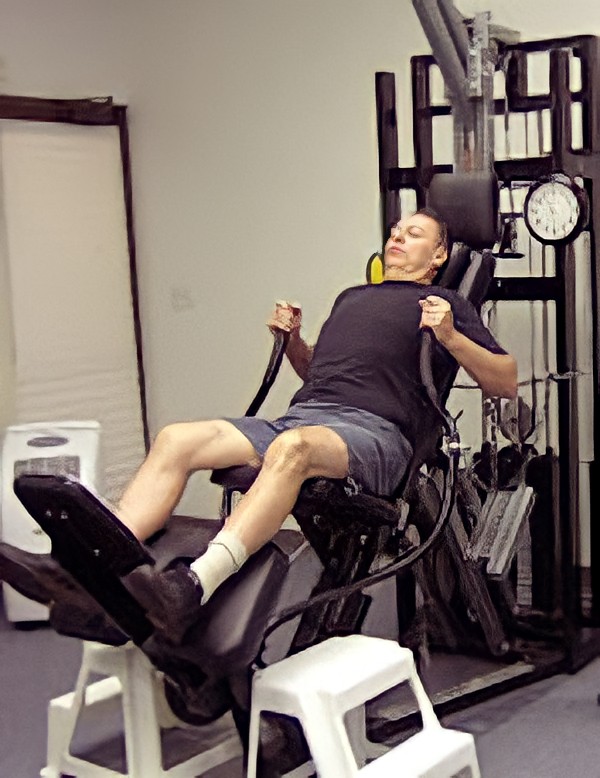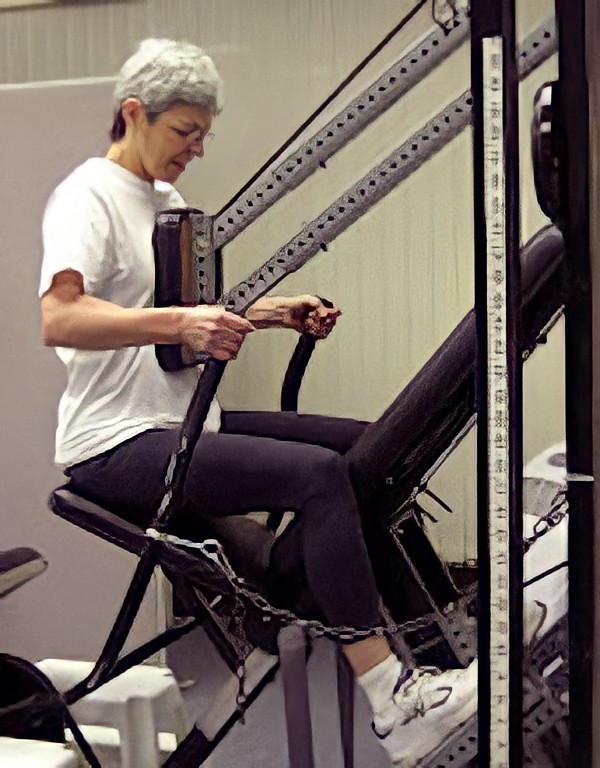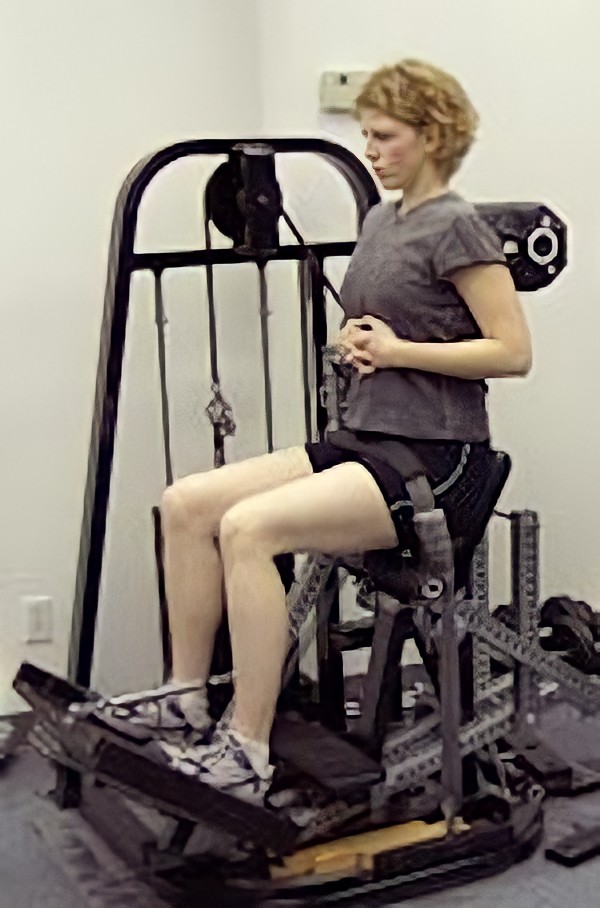Founded by Ken Hutchins in 1982, SuperSlow is a high-intensity, low-force exercise methodology (protocol) that is safer and more effective than any other form of strength training.
Recommended by NASA and U.S. Air Force Flight Surgeons, it is ideal for rehabilitation, bodybuilding, weight loss, and general exercise. SuperSlow is a total body workout performed once a week for 20 minutes.
SuperSlow can help you achieve the six main factors of physical fitness:
- muscular strength and endurance
- bone strength
- cardiovascular efficiency
- leanness
- enhanced flexibility
- resistance to injury
Six Essential Exercises for the Entire Body
The six-exercise routine at Six Factors Fitness is specifically designed to address the major muscles groups in the body in the most efficient manner possible.
Compound exercises, involving multiple joint movements, are favoured over simple rotary (single joint) exercises because they target multiple muscles at the same time, maximizing the intensity of the workout within a minimal amount of time.
Each exercise typically takes no more than three minutes to complete. If you do the math, six exercises multiplied by three minutes is about 20 minutes of actual workout time.
Dynamic Strength Training (Isotonic)
One set of 4-8 repetitions, to maximum of a 10, is performed for each exercise. Each repetition is performed in a slow and controlled manner, 10 seconds up (positive) and 5 to 10 seconds down (negative) until temporary muscle failure (TMF) is reached.
Temporary muscular failure is when you are no longer able to move a weight because of muscular fatigue. At the point of TMF, you can choose to do the thorough inroad technique (or threshold push), by continuing to push against the resistance up to an additional 10 seconds.
Static Strength Training (Isometric)
If you have physical complications that prevent you from successfully or safely performing dynamic repetitions on a specific exercise, Marc Noel may have you do a Static Hold or Timed Static Contraction Training in which the weight remains stationary.
Static Hold involves holding and resisting the negative (downward) movement of a weight until muscular failure occurs (TMF) at which point the weight is slowly lowered.
Timed Static Contraction Training involves applying an increasing amount of force against an immobile source of resistance for up to 90 seconds.
Six Factors Fitness SuperSlow Demonstration
